
Mr. Bui Minh Loi, a former official of Vinh Dong commune, in charge of culture affairs, has taken care of the giant rocks since he retired ten years ago. Loi witnessed a dozen of excavations, conducted by Vietnamese and international experts, at the cemetery but he did not know clearly about the cemetery. He only knows legendaries about it.
According to legends, this canyon, named Dong Thech is in dragon mouth shape. The canyon is surrounded by mountain ranges in the shape of a rolling dragon and a sitting tiger. Geomancers said that this canyon was very good in feng shui, so mandarins of Muong ethnic group buried their ancestors in the canyon.
The cemetery fell into oblivion after several centuries and it was covered by the jungle. When Loi was a boy, this area was the home to wild animals only. Muong people believe that this is the land of god so nobody dared to come to this land, except for ba moi (magicians of Muong people).
Each Muong village has a ba moi, who has great power and worships Hung Kings, Vietnam’s ancestors. Ba moi used to go to the cemetery during holidays to make rituals and Muong people believed that after that their power developed.
Loi showed Chinese scripts on a rock of three meters high and said that he could not read them but he had a transcript by experts. These scripts mean: Mr. Dinh Cong Ky, the head of Muong tribe in Muong Dong. He was born in 1582 and died on October 13, 1647. He was carried to this cemetery on February 22 by 15 funeral hearses, 7 elephants and five horses. The funeral of this man is solemn like the funeral of a king.
Local mandarins, their wives and children were also buried in this cemetery.
There is a very big rock in the cemetery, carved with scripts describing the funeral of mandarins. Briefly, it said that whenever a mandarin or a relative of mandarins died, Muong Dong had to organize a deep mourning. The coffin had to be made by a chunk of rare wood. The coffin was buried in Dong Thech cemetery. The grave was covered by charcoal from trai wood and roasted rice to absorb water in order to keep the dead bodies from not being decomposing in a long time.
The dead was buried with a lot of assets, including knives, swords, hammers, axes, potteries, and even silver and gold jewelry.
Tombs of mandarins and their relatives were decorated by giant rocks, which were transported from the central provinces of Thanh Hoa or Nghe An. Scientists said that this kind of rock is very solid so scripts that were carved on them are still intact after centuries.
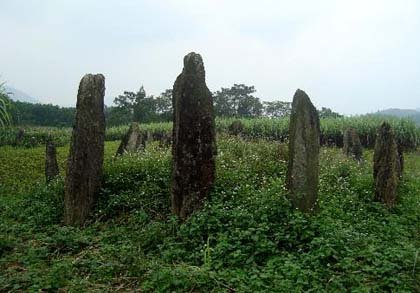
It was still a secret on how these rocks were transported from Thanh Hoa and Nghe An to Hoa Binh. There are rocks of up to 5m high and ten tons in weight.
There are other secrets that have not been discovered. For example, information about dead people was carved on rocks, but the day of death and day of burying is very far from each other, even 4-5 years.
According to Muong old people, Muong mandarins were not buried immediately after they died. They used to be put into tree trunk coffins and embalmed by a secret method. The dead were placed in their houses and worshiped everyday. They were only buried when thay mo (sorcerers) said that the souls of the dead were in salvation.
A legend told that the third wife of Hung King was angry with her husband so she left home with two children to Muong Dong to reclaim this virgin soil. After they died, they became three mountains in dragon shape that look to the capital.
Based on this legend, Muong people in Hoa Binh used to worship Hung Kings at the Dong Thech cemetery but this custom is not maintained now.
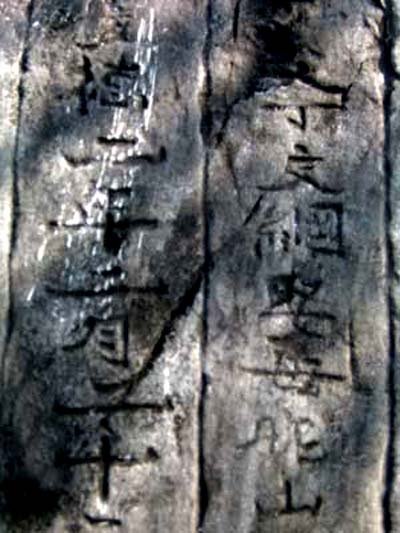
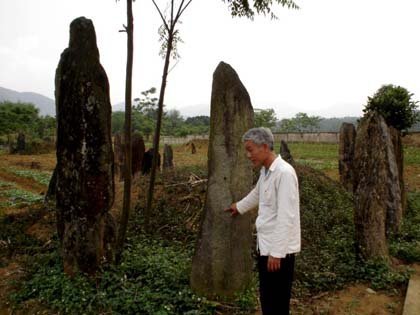
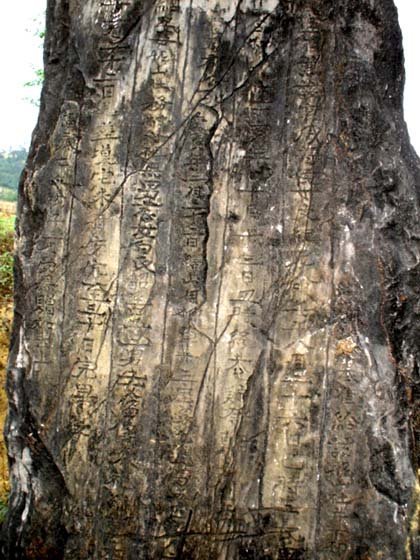
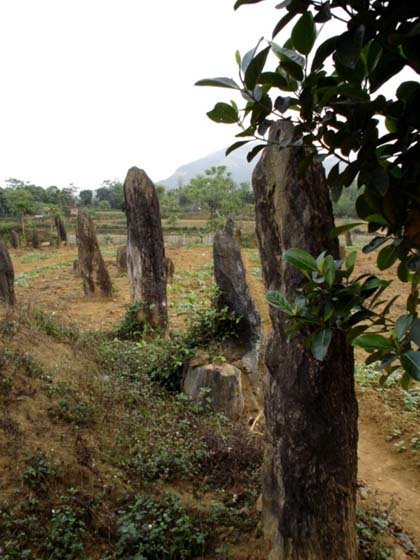
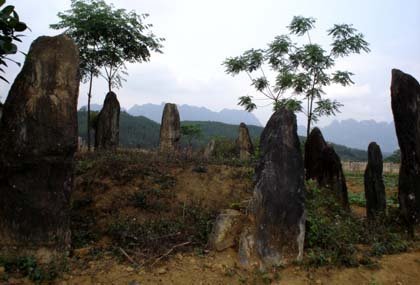
VTC